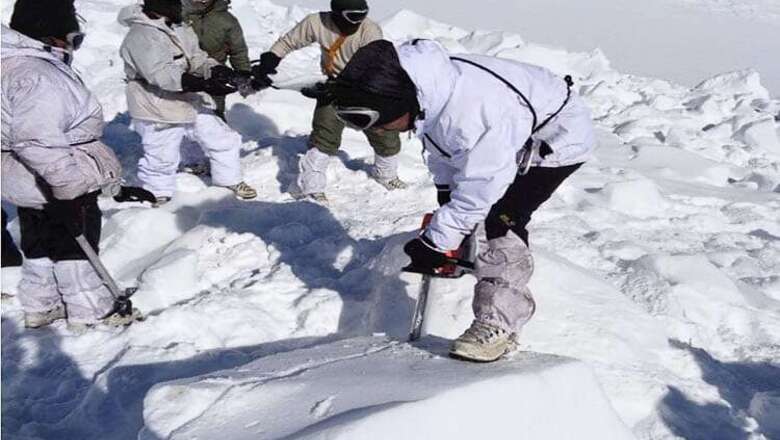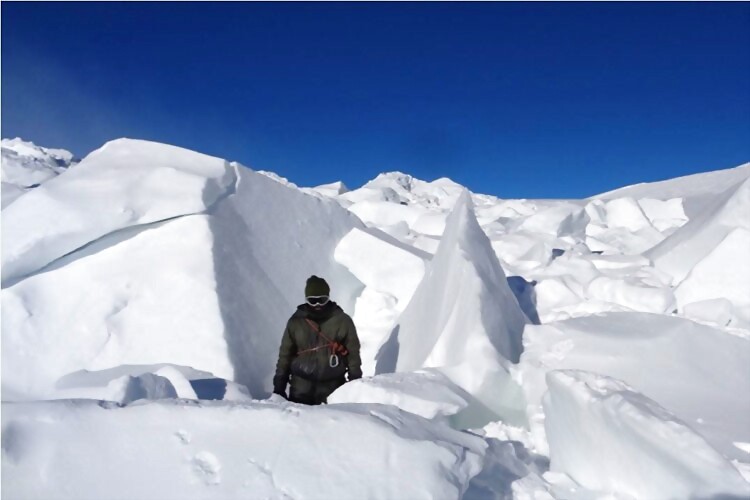
views

Raging blizzards at desolate heights above 20,000 feet. Temperatures dipping to -55 C. Blue ice which is thicker than concrete. But the sheer heroism of 200 men braved these odds and pulled off the miraculous rescue of Lance Naik Hanamanthappa at Siachen.
Planning and executing a rescue operation in such conditions often challenges scientific laws. But specialised teams, trained in high-altitude operations, rushed to the rescue of their comrades who were struck by an avalanche on February 3.
When they first reached the site following the SOS from the 19 Madras Regiment, they discovered the Army post was buried under an icewall measuring 400x 800 ft. Ice boulders were strewn over an area 800 x 1000 metres.

It was a humongous task scanning that area in a place where oxygen in the air is half its normal level and human performances reduce by over 30%. But the men and machines started chipping away.
The rescue teams worked non-stop in turns with their mechanical ice-cutters and chain-saws. They worked in turns, because at these heights nobody can work for more than 20 minutes at a stretch. The command was clear -- don't risk any more lives.
The Commanding Officer of the Madras Regiment, whose ten men were trapped under tonnes of snow, was constantly coordinating the teams. This was proving to be one of the most difficult operations carried out by the armed forces.

From IAF bases under the Nothern command, Cheetah and Mi-17V5 choppers constantly ferried supplies required by rescuers. Bigger birds like IL-76, C-17 and AN-32 carried special scanners and radars, besides heavy machinery.
The teams used deep-penetration radars, heat and metal seeking equipment. And man's best friend in the mountains, dogs. Initially five locations were identified.

The biggest challenge was to cut through blue ice. This phenomenon occurs when snow falls on a glacier, gets compressed and becomes part of the glacier. It is harder than even concrete.
A specialised camp was set up in the area to cater the medical requirements of the rescue teams. Specialised Army doctors were also present to attend to any emergency.
On the evening of February 8 they discovered Hanamanthappa Koppad. Alive. It suddenly lifted their moods. By then they had given up all hopes of finding any survivors.
The brave soldier had survived more than five days under 35 ft of ice and snow at an altitude of 20,500 feet.
Hanamanthappa was conscious, but drowsy and disoriented. He was also severely dehydrated, hypothermic, hypoxic, hypoglycemic and in a shock.
He was immediately resuscitated by the doctors who had camped there for the past five days in the faint hope of finding anyone alive.
Then with a specialised medical team accompanying him, Hanamanthappa was flown to Delhi in a C-17 aircraft and taken to the Army Research & Referral Hospital.




















Comments
0 comment